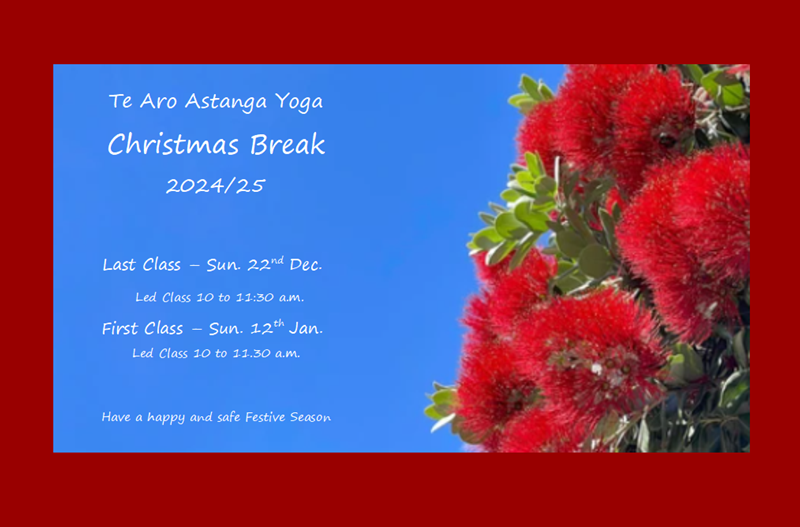 Everyone who practices Ashtanga Vinyasa Yoga, no matter how strong or how flexible they are, eventually gets to an asana that they cannot immediately do. It may be in Marichyasana B or D of the Primary Series. Or the Bhujapidasana, Supta Kurmasana, Garbhapindasana trilogy. It may be back bending. It may be Kapotasana or Karandavasana in Intermediate Series. It may be even deeper into the practice, but everyone will eventually reach a posture that requires them to pause. I like to call these asana the “Consolidation Asana” and they are a vital and essential aspect of our practice.
Everyone who practices Ashtanga Vinyasa Yoga, no matter how strong or how flexible they are, eventually gets to an asana that they cannot immediately do. It may be in Marichyasana B or D of the Primary Series. Or the Bhujapidasana, Supta Kurmasana, Garbhapindasana trilogy. It may be back bending. It may be Kapotasana or Karandavasana in Intermediate Series. It may be even deeper into the practice, but everyone will eventually reach a posture that requires them to pause. I like to call these asana the “Consolidation Asana” and they are a vital and essential aspect of our practice.
It is important that when we reach these blocks we stop learning new asana until we have mastered the difficulty we are having. It is not okay to just shrug your shoulders and say “I can’t do that” and then either skim over it by doing a modified version, or skip it entirely. We must take the time to work through the blocks in our body or the lack of strength that holds us back. This may take weeks, months, years or even life times to achieve.
Why is this so important? For people who struggle with Marichyasana they must take their time with these difficult Asana or they will hurt their knees. In Bhujapidasana we need to learn to use our core strength correctly. Kurmasana prepares us for the Second series leg behind neck asana and must be taken slowly to give the hips, sacro-iliac and lower thoracic time to adjust. There are 3 distinct parts to Garbhapindasana that must be learnt in turn. First get comfortable with your arms through your legs and balancing. Then attempt the roll. Do not just put your arms around your legs and roll as this puts the spine in a totally different position and changes the energy of the roll completely. Then lift into Kukkutasana. Take the time to learn each of these in turn.
Karandavasana is a classic pausing point in Second Series because very few people can do it easily to start off with. It is essential that you stop here and learn to use your strength and to develop your understanding and control of Mula Bandha. It is counter productive to struggle on past this point until there is a good amount of control achieved. So stop there for awhile.
In the meantime, while focussing on consolidating our practice we are learning some essential lessons. We learn patience. We learn to accept where our bodies are at and how to be compassionate with ourselves. We learn to let go of any competitive feelings we have in our practice. We learn respect for the Ashtanga method. Most importantly we learn the biggest lesson of all, humility.
It is at these times when we are not learning new asana that we can also fully explore the knowledge that can be got from the earlier asana. When we are in the process of learning new asana our attention is naturally enough drawn to what is new and exciting for us. We tend to skim over the asana that we do and take for granted. In this way we are missing the infinite wisdom that there is in even the most simple asana. The times we spend consolidating our practice is when we get to savour the full and ever changing nectar of the asana we can do.
We all tend to judge our progress asana by asana. Thus, when we stop learning new asana we think that we stop progressing. This is not at all true. Enjoy and relish the opportunities the practice provides for you to slow down and explore the depth there is in each asana. Do not let your ambition, or any teacher no matter how famous, or how persuasive, or how much you have paid to attend their workshop, steal that gift from you. The last new asana I got was when I was in Mysore in 2004. Does this mean that I have stopped learning? No. Does it mean that I think that I will not learn new asana in the future? No. I do think there are still more asana in this lifetime for me. Meanwhile I continue enjoy the wisdom and steadiness a consistent practice brings me.

0 Comments